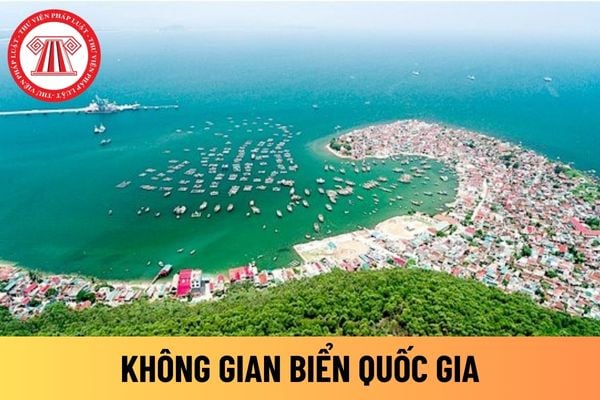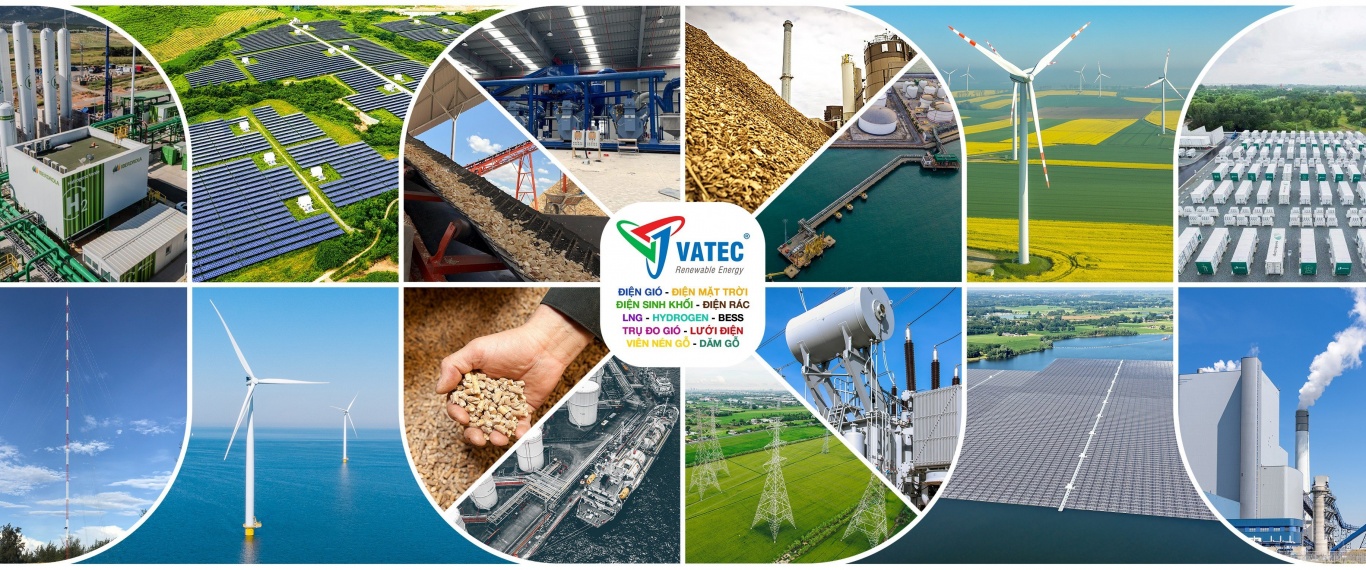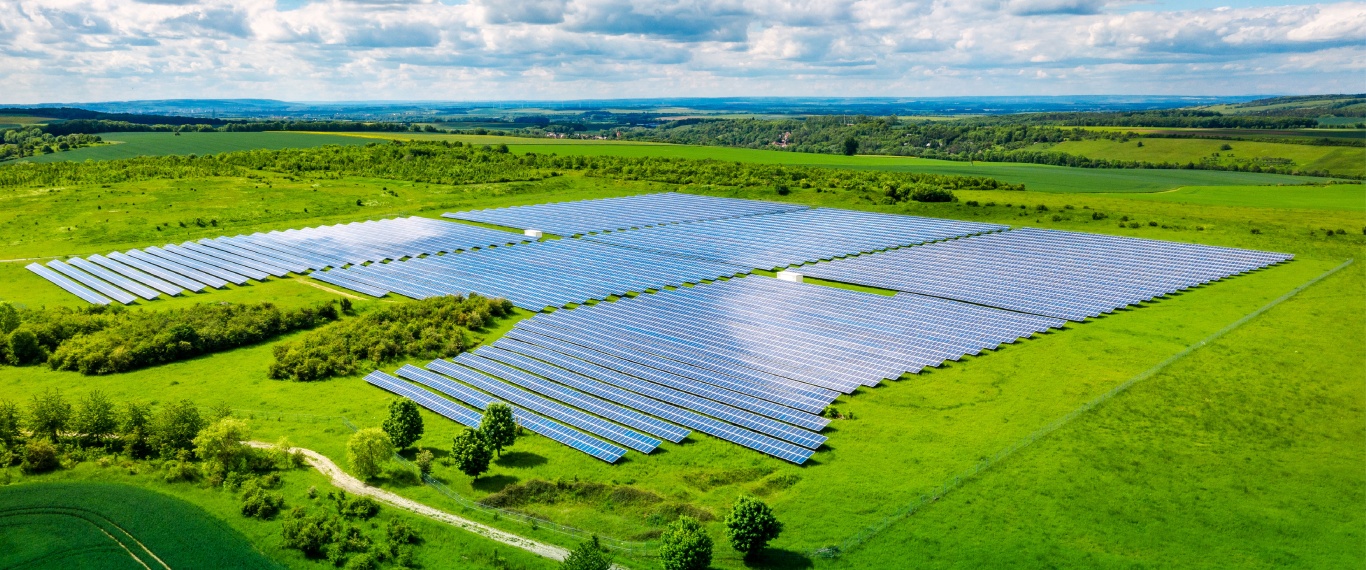Quy hoạch điện VIII, cũng như nhiều chính sách khác đã xác định rõ mục tiêu phát triển ngành điện gió trên biển, đồng thời đặt ra nhiều thách thức về cơ chế, chính sách, quy trình cấp phép và quy hoạch không gian biển quốc gia.

I. Một số vấn đề về quy trình cấp phép khảo sát biển để phát triển các dự án điện gió:
1.1. Quy định pháp lý liên quan cấp phép khảo sát biển để phát triển các dự án điện gió:
Ngày 10/2/2021, Chính phủ ban hành Nghị định số 11/2021/NĐ-CP quy định việc giao các khu vực biển nhất định cho tổ chức, cá nhân khai thác, sử dụng tài nguyên biển.
Tại Khoản 4 Điều 9 Nghị định số 11/2021/NĐ-CP quy định “hoạt động… đo đạc, quan trắc, điều tra, khảo sát, đánh giá tài nguyên biển… không phải giao khu vực biển”. Theo phạm vi, thẩm quyền giao khu vực biển, cơ quan quản lý nhà nước có thẩm quyền quy định tại Điều 8 Nghị định số 11/2021/NĐ-CP xem xét, chấp thuận bằng văn bản về vị trí, ranh giới, diện tích, tọa độ, độ sâu, thời gian sử dụng khu vực biển để… đo đạc, quan trắc, điều tra, khảo sát, đánh giá tài nguyên biển.
Theo quy định của Thông tư 02/2019/TT-BCT của Bộ Công Thương quy định thực hiện phát triển dự án điện gió và Hợp đồng mua bán điện mẫu cho các dự án điện gió, để phát triển dự án điện gió cần có các thông tin về kết quả đo gió trong tối thiểu 12 tháng liên tục tại các vị trí có tính đại diện và kế hoạch phương án kỹ thuật của dự án…
Như vậy, trước khi tiến hành đề xuất, phát triển các dự án điện gió trên biển, tổ chức, cá nhân có nhu cầu sử dụng khu vực biển để lập và phê duyệt báo cáo nghiên cứu khả thi cho các dự án điện gió cần phải được cấp thẩm quyền cấp phép khảo sát. Việc khảo sát này, đã được các dự án điện gió trên bờ và gần bờ áp dụng trong thời gian vừa qua.
1.2. Nhu cầu, đề xuất khảo sát phát triển các dự án điện gió trên biển:
Đặc điểm các dự án điện gió trên biển là công suất lớn, số vốn đầu tư lớn, địa hình địa chất phức tạp… nên nhu cầu khảo sát phát triển các dự án điện gió không chỉ dừng lại ở thông tin kết quả đo gió trong tối thiểu 12 tháng liên tục và các thông tin khác theo quy định của Thông tư 02/2019/TT-BCT mà các chủ đầu tư, nhà tài trợ vốn còn cần nhiều thông tin hơn trước khi đưa ra quyết định đầu tư.
Thực tế, các tổ chức cá nhân khi khảo sát điện gió sẽ bao gồm 4 hoạt động chính sau:

- Khảo sát địa vật lý, hoạt động này sẽ sử dụng tàu nghiên cứu chuyên dụng để khảo sát địa hình đáy biển, phát hiện các dị vật trên đáy biển, bom, mìn còn sót lại sau chiến tranh…
- Khảo sát địa kỹ thuật: Sau khi có kết quả khảo sát địa vật lý, các chuyên gia tiến hành phân tính kết quả, xác định một số điểm để lấy mẫu đất, đá, phục vụ cho việc xây dựng thiết kết và dự toán chi tiết các hệ thống chân móng tua bin, cáp dẫn… Hoạt động này thường bao gồm: Sử dụng tàu để khoan, lấy mẫu, hoặc tiến hành đo thăm dò địa chấn…
- Khảo sát môi trường để lập đánh giá sơ bộ tác động môi trường và đánh giá tác động môi trường.
- Lắp đặt thiết bị đo gió (thường là Lidar - Light Detection And Ranging).
Thời gian vừa qua, Bộ Tài nguyên và Môi trường nhận được hơn 70 đề xuất đo đạc, quan trắc, điều tra, thăm dò, khảo sát trên biển để phục vụ cho lập dự án điện gió. Trong đó, diện tích lớn nhất là 715.572 ha, nhỏ nhất 0,03 ha, trung bình khoảng 75.000 ha.
Sau khi nhận được các đề xuất sát điện gió ngoài khơi, Bộ Tài nguyên và Môi trường đã lấy ý kiến của các bộ, ngành, địa phương liên quan; tổ chức các cuộc họp tham vấn, trao đổi với các bên liên quan, gồm các cơ quan quản lý nhà nước ở trung ương và địa phương, các chuyên gia, nhà khoa học, một số nhà đầu tư trong nước và quốc tế trong lĩnh vực điện gió. Thông qua đó, khẳng định còn có những vướng mắc liên quan đến quy định của pháp luật nên chưa thể giải quyết và ban hành văn bản chấp thuận theo quy định tại Nghị định số 11/2021/NĐ-CP.
Ngày 4 tháng 10 năm 2022, Bộ Tài nguyên và Môi trường có Báo cáo số 126/BC-BTNMT về một số khó khăn, vướng mắc trong quá trình giải quyết các đề xuất khảo sát điện gió ngoài khơi và đề xuất giải pháp tháo gỡ. Trong đó, Bộ Tài nguyên và Môi trường đã nêu một số vướng mắc khó khăn như:
- Vướng mắc về pháp lý: Vấn đề cấp phép cho tổ chức, cá nhân nước ngoài; hồ sơ, tài liệu, trình tự, thủ tục, thời gian giải quyết; trường hợp có nhiều đề xuất trong cùng một khu vực biển thời gian xem xét, thẩm định, chấp thuận hoạt động đo gió; nội dung báo cáo, thời điểm gửi báo cáo kết quả khảo sát…
- Vướng mắc về kỹ thuật: Diện tích khu vực biển chấp thuận; công suất điện gió tối đa; tiêu chí lựa chọn nhà phát triển dự án; quy hoạch các vùng biển có tiềm năng và khả năng phát triển điện gió…
Về phía Cục Biển và Hải đảo Việt Nam đã khẩn trương tham mưu Bộ Tài nguyên và Môi trường để trình Chính phủ dự thảo Nghị định sửa đổi, bổ sung một số điều của Nghị định số 11/2021/NĐ-CP ngày 10 tháng 2 năm 2021 của Chính phủ quy định việc giao các khu vực biển nhất định cho tổ chức, cá nhân khai thác, sử dụng tài nguyên biển và trình Chính phủ.
II. Về Quy hoạch không gian biển quốc gia:

2.1. Khái quát về Quy hoạch không gian biển quốc gia:
Quy hoạch không gian biển quốc gia là quy hoạch đa ngành, mang tính tổng hợp, có tính “động và mở”, “dẫn dắt” và “tích hợp”, định hướng cho các hoạt động khai thác, sử dụng tài nguyên biển, hải đảo theo hướng bền vững. Quy hoạch có ý nghĩa quan trọng, tạo ra một sự thống nhất hữu cơ trong hệ thống quy hoạch phát triển đất nước, giữa vùng đất liền, vùng biển và vùng trời, thúc đẩy phát triển kinh tế, xã hội, bảo vệ môi trường và các hệ sinh thái, giữ vững độc lập, chủ quyền, quyền chủ quyền, quyền tài phán và lợi ích quốc gia trên biển.
Quy hoạch không gian biển quốc gia được xây dựng theo các cách tiếp cận: Hệ thống và tổng hợp, liên ngành, liên vùng, hệ sinh thái, cảnh quan, thích ứng, kinh tế biển xanh, phát triển bền vững, đa tỷ lệ, từ dưới lên và trên xuống.
Quy hoạch không gian biển quốc gia thời kỳ 2021-2030, tầm nhìn đến năm 2050 lần đầu tiên được lập ở nước ta, trên cơ sở tham khảo kinh nghiệm quốc tế, nhưng có điều chỉnh phù hợp với tình hình thực tế của Việt Nam.
2.2. Tiến độ lập Quy hoạch không gian biển quốc gia:
Thực hiện nhiệm vụ được Chính phủ giao, Bộ Tài nguyên và Môi trường chủ trì, phối hợp với các bộ, ngành, cơ quan trung ương và các địa phương có biển tổ chức lập Quy hoạch không gian biển quốc gia. Quá trình lập Quy hoạch đã được Bộ Tài nguyên và Môi trường triển khai theo đúng quy trình quy định tại Khoản 1 Điều 16 Luật Quy hoạch. Nội dung quy hoạch được lập theo đúng quy định tại Điều 23 Luật Quy hoạch, Điều 21 Nghị định số 37/2019/NĐ-CP ngày 7 tháng 5 năm 2019 và Nghị số 58/2023/NĐ-CP ngày 12 tháng 8 năm 2023 của Chính phủ; đáp ứng yêu cầu Nhiệm vụ lập Quy hoạch không gian biển quốc gia đã được Chính phủ ban hành tại Nghị quyết số 22/NQ-CP ngày 24 tháng 7 năm 2020.
Bộ Tài nguyên và Môi trường tổ chức các hội thảo tham vấn tại một số địa phương, các buổi làm việc, tọa đàm với các bộ, ngành, trường đại học, tổ chức quốc tế và các chuyên gia. Đồng thời, lấy ý kiến góp ý của Ủy ban Trung ương Mặt trận Tổ quốc Việt Nam; Ban Kinh tế Trung ương, 4 Ủy ban của Quốc hội, 21 bộ, cơ quan ngang bộ và 28 tỉnh, thành phố trực thuộc trung ương có biển, đăng tải hồ sơ Quy hoạch không gian biển quốcgia trên Cổng thông tin điện tử, thông qua Hội đồng thẩm định, Thường trực Chính phủ và các thành viên Chính phủ cho ý kiến.
Thực hiện Kết luận của Bộ Chính trị, Chính phủ đã nghiên cứu, tiếp thu, giải trình đầy đủ và hoàn thiện hồ sơ Quy hoạch không gian biển quốc gia đảm bảo đúng quy định của Luật Quy hoạch và các văn bản hướng dẫn thi hành.
Tháng 4/2024, Bộ Tài nguyên và Môi trường đã báo cáo Chính phủ để Chính phủ trình Quốc hội xem xét thông qua tại kỳ họp thứ 7, Quốc hội khóa XV. Tại kỳ họp này, Quốc hội đã có nhiều ý kiến góp ý cho Quy hoạch.
Chiều 28/6, tại Kỳ họp thứ 7, Quốc hội khóa XV đã biểu quyết thông qua Nghị quyết về Quy hoạch không gian biển quốc gia thời kỳ 2021-2030, tầm nhìn đến năm 2050.
2.3. Việc phát triển năng lượng tái tạo trong Quy hoạch không gian biển quốc gia:

Liên quan đến phát triển năng lượng tái tạo, Quy hoạch đã đưa ra định hướng cho phát triển lĩnh vực này. Phát triển đồng bộ, hợp lý và đa dạng hóa các nguồn năng lượng. Trong đó, thúc đẩy và khuyến khích đầu tư xây dựng, khai thác điện gió ngoài khơi, công nghiệp hydrogen, điện mặt trời và các dạng năng lượng tái tạo khác tại các vùng biển, đảo có tiềm năng, đặc biệt khu vực Bắc bộ, Nam Trung bộ và Nam bộ. Phát triển các ngành kinh tế biển mới như: Công nghiệp công nghệ cao và ngành khai thác dữ liệu biển; sản xuất dược phẩm từ các sinh vật biển, phát triển y học biển, các vật liệu mới, công nghiệp hóa chất biển; nghiên cứu cô lập, sử dụng và lưu trữ khí nhà kính ở các bể trầm tích, cấu trúc địa chất ngoài khơi.
Trong Quy hoạch, trên cơ sở các dữ liệu hiện có, các vùng tiềm năng gió đã được xác định, để cơ sở thực hiện các hoạt động điều tra, khảo sát và xác định các khu vực biển ưu tiên cho phát triển điện gió ngoài khơi. Các hoạt động điều tra, khảo sát này sẽ được cụ thể trong Kế hoạch thực hiện Quy hoạch do Chính phủ ban hành trong thời gian tới.
Quy hoạch không gian biển quốc gia đóng vai trò cực kỳ quan trọng trong việc phát triển điện gió ngoài khơi tại Việt Nam. Quy hoạch giúp xác định rõ các khu vực biển phù hợp cho việc phát triển điện gió ngoài khơi. Điều này tạo ra một cơ sở pháp lý vững chắc, giúp các nhà đầu tư và các cơ quan quản lý có một hướng đi rõ ràng trong việc triển khai các dự án.
Quy hoạch giúp phân chia các khu vực biển một cách hợp lý, tránh xung đột với các vùng, khu vực khác. Điều này đảm bảo việc sử dụng hiệu quả không gian biển và giảm thiểu các tác động tiêu cực đến môi trường và kinh tế xã hội.
Quy hoạch sẽ tạo môi trường rõ ràng và minh bạch giúp thu hút các nhà đầu tư trong và ngoài nước. Các nhà đầu tư sẽ cảm thấy yên tâm hơn khi có một lộ trình phát triển cụ thể và có thể dự đoán trước nhằm tránh các rủi ro pháp lý và môi trường. Điều này thúc đẩy sự phát triển kinh tế biển, tạo việc làm và đóng góp vào nguồn thu ngân sách.
Quy hoạch không gian biển quốc gia giúp nâng cao năng lực quản lý của các cơ quan nhà nước trong việc giám sát và điều hành các hoạt động liên quan đến phát triển điện gió ngoài khơi Việt Nam trong thời gian tới./.
Nguồn: HÀ THANH BIÊN - CỤC BIỂN VÀ HẢI ĐẢO VIỆT NAM

















